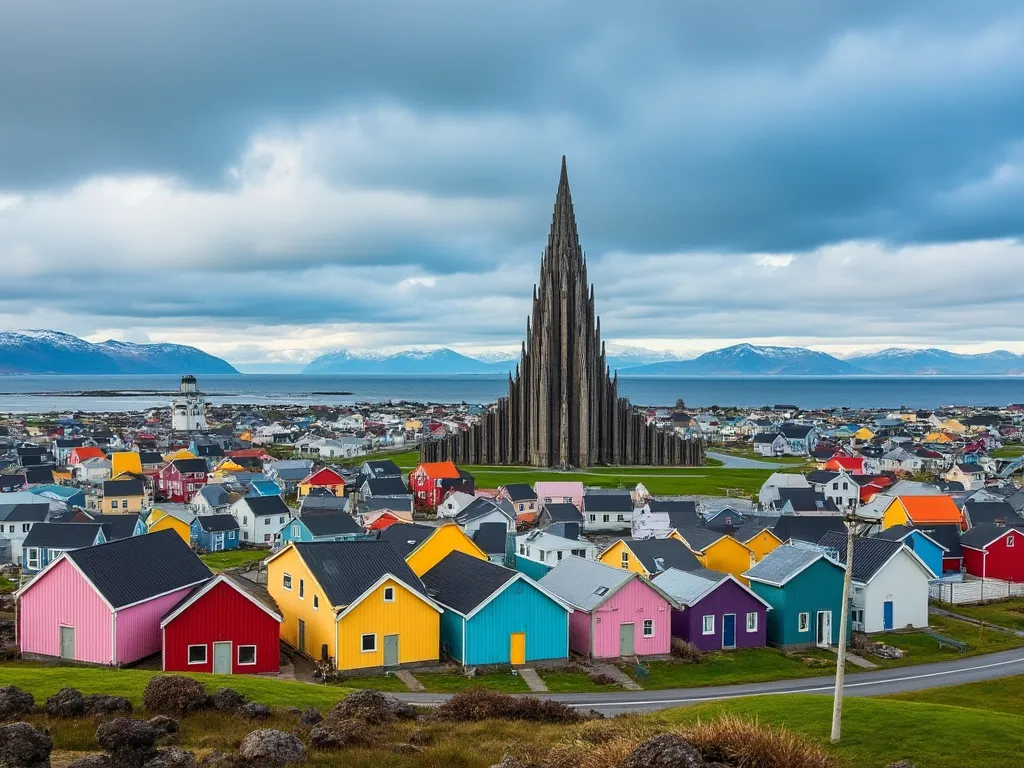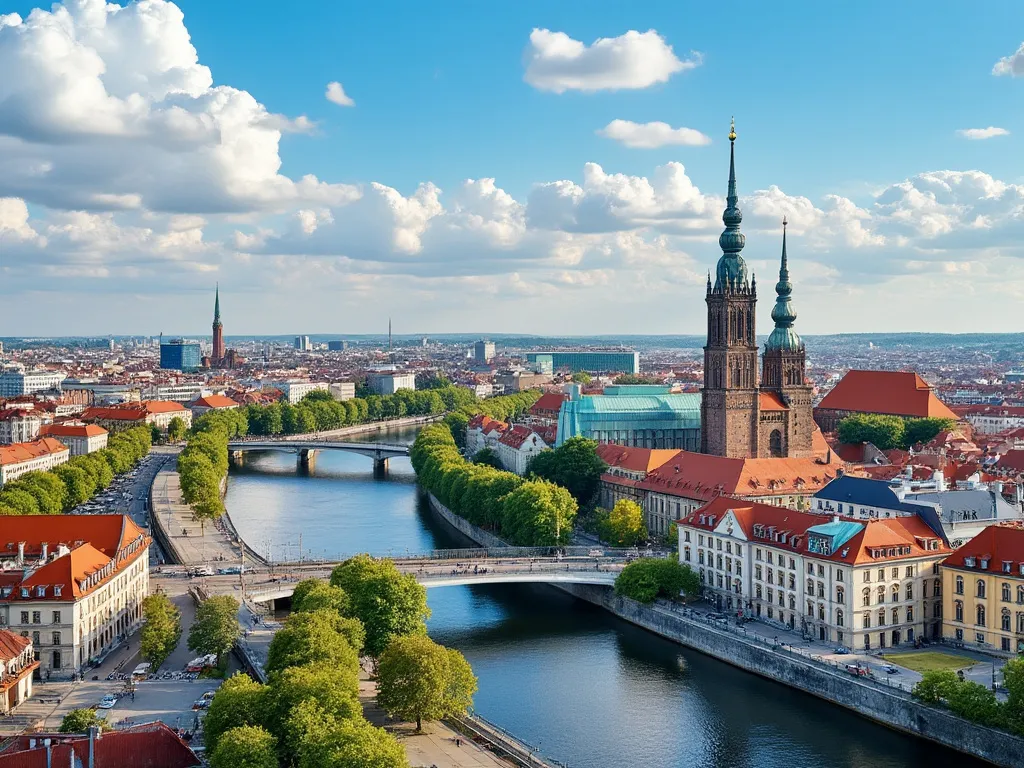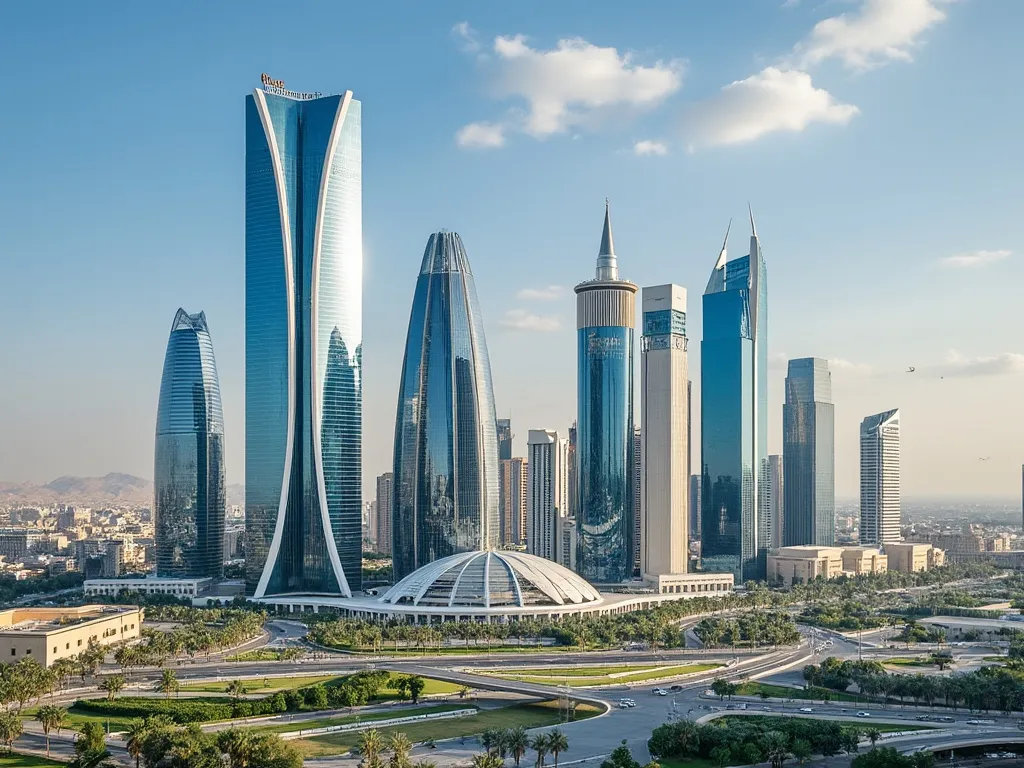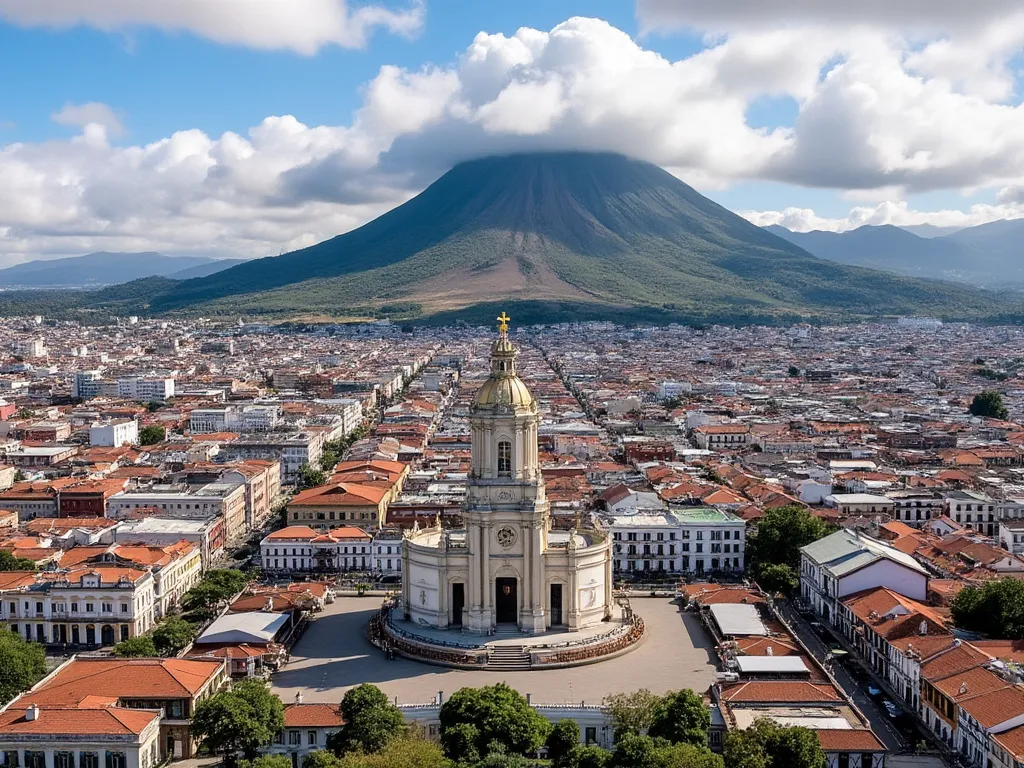
Reykjavik is the capital and largest city of Iceland, located in the southwestern part of the country. The city is known for its stunning natural beauty, rich cultural heritage, and vibrant cultural scene.
Reykjavik Information
| Country | 🇮🇸 Iceland |
| Population | 123,300 |
| Coordinates | 64°08′N 21°56′W |
| Area | 277 km² (107 sq mi) |
| Climate | Subpolar oceanic climate (Cfc) |
| Language | Icelandic |
| Currency | Icelandic króna (ISK) |
| Time zone | GMT (UTC+0) |
| Proximity to other major cities | Copenhagen, Denmark (955 km / 593 mi), Oslo, Norway (1,046 km / 650 mi) |
Historical Background of Reykjavik
Reykjavik was founded in 870 by Viking settler Ingólfur Arnarson, who established the first permanent settlement in Iceland. The city's name comes from the Old Norse phrase "reykja vík," which means "smoky bay." Over the centuries, Reykjavik developed as a major trading center and commercial hub.
Geographical Location of Reykjavik
Reykjavik is situated in a bay, surrounded by majestic mountains and volcanic ridges. The city's location is unique, as it lies just below the Arctic Circle and experiences a unique phenomenon of eternal daylight in the summer months and total darkness in the winter.
Cultural Significance of Reykjavik
Reykjavik is known for its rich cultural scene, which is influenced by the country's unique Viking heritage. The city is home to numerous museums, art galleries, and festivals that showcase Icelandic music, dance, and art. The National Museum of Iceland and the National Gallery of Iceland are just two of the many institutions that showcase the country's cultural heritage.
Economic Importance of Reykjavik
Reykjavik is the economic and commercial center of Iceland, accounting for approximately 50% of the country's population. The city's main industries are tourism, finance, and IT. Reykjavik is also an important center for research and innovation, with a focus on sustainable energy, climate change, and green technology.
Interesting Facts About Reykjavik
- Reykjavik is the northernmost capital city in the world.
- The city is built on more than 30 active volcanoes.
- Reykjavik is powered by renewable energy sources, primarily geothermal and hydroelectric.
- The city's average January temperature is 32°F (0°C), while the average July temperature is 54°F (12°C).
- Reykjavik is a haven for readers, with the city having more authors and published writers per capita than anywhere else in the world.
Tourist Attractions in Reykjavik
Some popular attractions in Reykjavik include the Hallgrímskirkja church, Harpa concert hall, Perlan (Pearl) cultural and commercial complex, the Old Harbour, and the Sun Voyager (Sólfar) sculpture.
Conclusion on Reykjavik
Reykjavik, the vibrant and colorful capital of Iceland, is a unique destination that combines rich history, cultural attractions, and stunning natural beauty. With its natural charm and easy-going attitude, the city invites visitors to experience the genuine hospitality and curiosity that has always defined Icelandic culture.
 Riga
Riga
 Riyadh
Riyadh
 Quito
Quito
 Rabat
Rabat